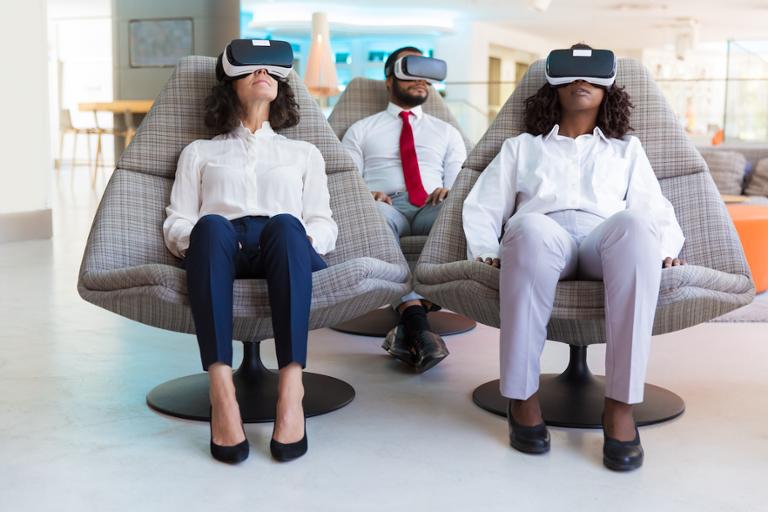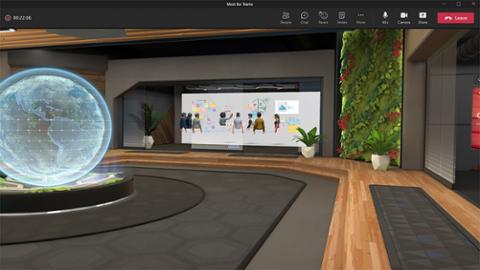Bill Gates thinks you’ll eventually take a lot of your business meetings in virtual reality (VR).
In his Year in Review posting on his GatesNotes website, Gates suggested that the quality of VR will accelerate in the near-term. “Within the next two or three years, I predict most virtual meetings will move from 2D camera image grids—which I call the Hollywood Squares model, although I know that probably dates me—to the metaverse, a 3D space with digital avatars,” he wrote. “Both Facebook and Microsoft recently unveiled their visions for this, which gave most people their first view of what it will look like.”
According to Gates, a number of companies are working on these 3D avatars, as well as the technology that will make VR truly immersive. “One of the biggest improvements over what we use now is the use of spatial audio, where speech sounds like it’s actually coming from the direction of the person talking,” he added in the posting. “You don’t realize how unusual it is to have meeting audio only coming from your computer’s speaker until you try something else. There’s still some work to do, but we’re approaching a threshold where the technology begins to truly replicate the experience of being together in the office.”
Facebook recently claimed it would spend around $10 billion on Facebook Reality Labs, its research division for augmented reality (AR) and VR. Meanwhile, Microsoft is pouring considerable resources into the HoloLens, its AR headset currently targeted at the enterprise, as well as VR. Other major tech companies are also working on some combination of AR and VR technologies, including Apple with its much-rumored AR headset.
Can all of these companies actually turn VR into a mainstream thing? Gates might think so, but it will hinge on a number of factors, including cheap (and powerful) headsets and a sizable portfolio of good VR apps. According to Emsi Burning Glass, which collects and analyzes job postings from across the country, the current market for VR-related tech jobs is small (with roughly 8,000 job postings over the past year) but set to grow a solid 31.7 percent over the next two years. That’s a good sign that companies everywhere are beginning to explore the potential of the technology.


